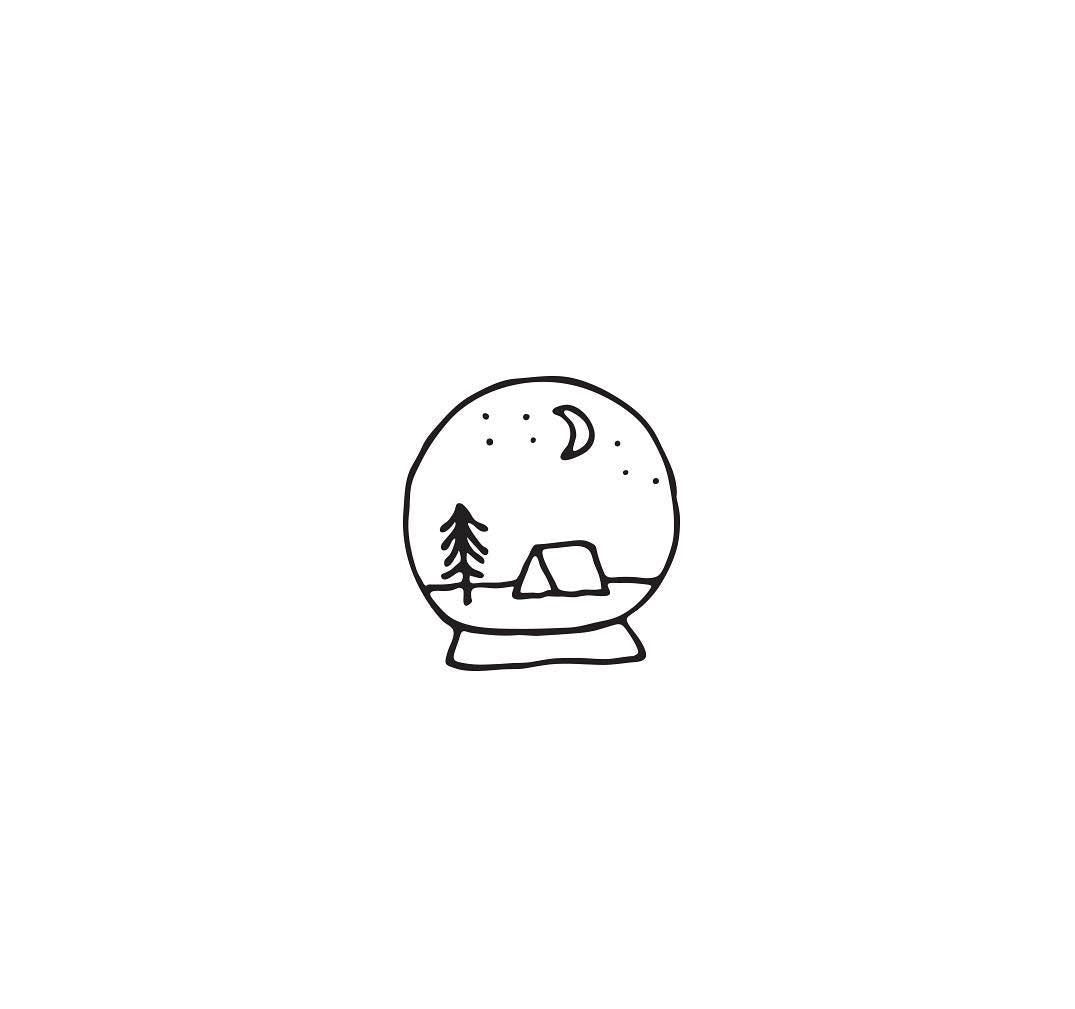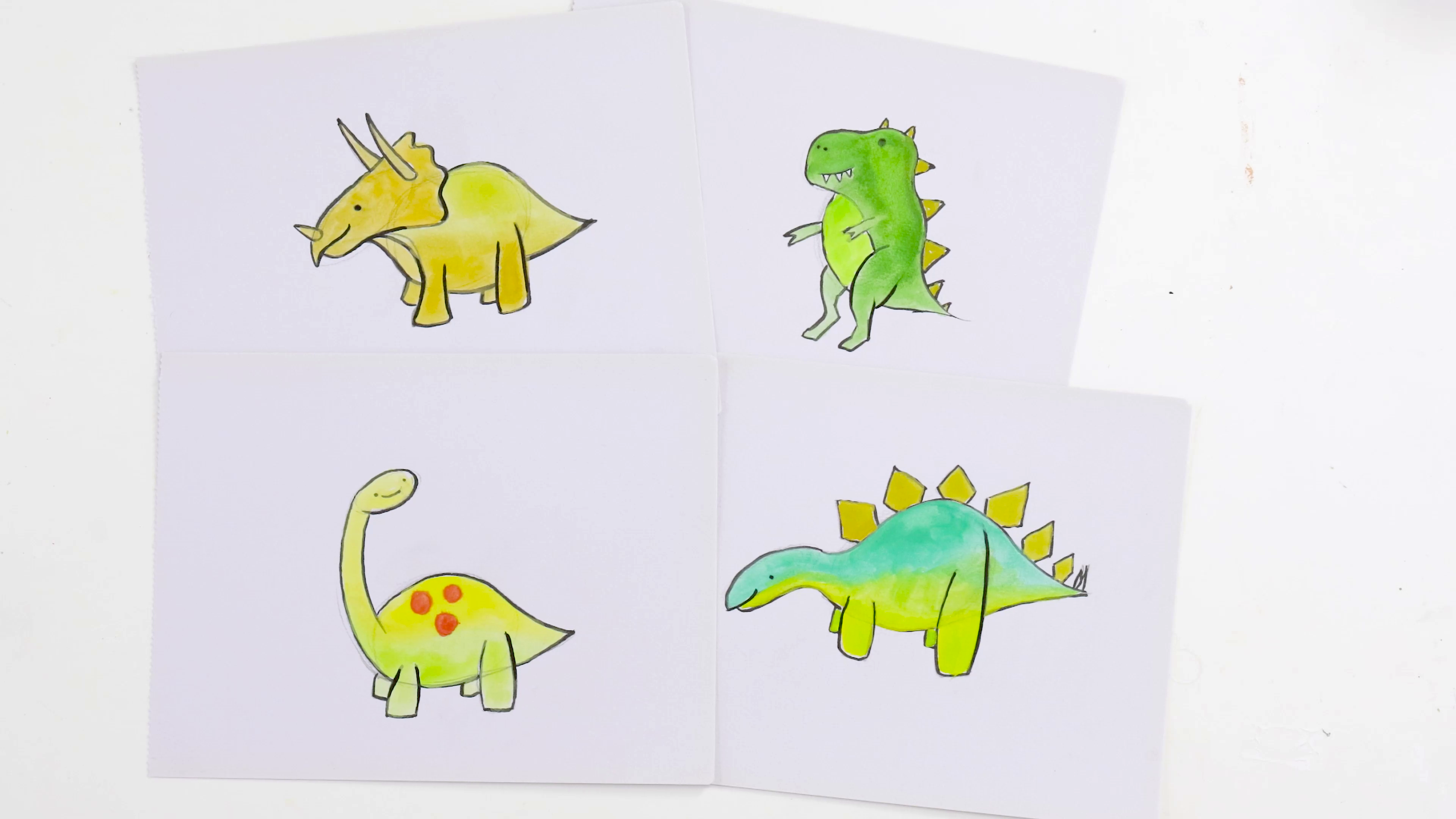Create a paint palette with air drying clay
1. Rolling out the clay
Protect your surface with wax paper or a silicone mat. Flatten out the 2kgs of white clay. Cover with cling film and roll with the rolling pin until the clay is approximately 2cm thick.
Use the printout and re-trace the linework with a water-based brush pen. Remove the cling film, wet your hand and smooth the clay.
Lay the printout face down and gently press it onto the damp clay, then slowly peel off the printout. You should be left with a latent image of the transferred line work. The printout can be scaled to A3 or A4 size.
Cut around the edge of the palette and remove the offcut.
2. Sculpting the wells
Using the loop tools, remove the clay from each well. Try to keep a wall thickness of about 1cm between each well.
The best way to cleanly remove the clay is to cut the shape with a hobby knife and then use the loop tools to remove the clay. Once you’re happy with the amount of clay that has been removed, the end of a broad brush can be dipped in water and the well can be smoothed out with gentle circular movements.
When finished, let the palette dry. As this is air drying clay, it can take 24-48 hours to dry and it is best to let the palette dry naturally. Once the top is dry turn it over so the underside can dry out. If any cracks have formed you can easily fill them with wet clay and allow it to re-dry.
3. Final sealing
Once it is fully dried, give the palette a quick sand. Remove any dust from the surface.
Using acrylic gloss medium, paint a thin layer over the front of the palette, allow to dry then flip over and paint the base. Repeat this and give the palette a second coat to nicely seal it.
To use the palette, you can load it with colours in the same positions as they lie on the colour wheel. The wall that splits the palette separates the warm colours on one side and the cool colours on the other.
4. Colour theory
Colours that lie across from each other are companion colours, this is useful to bear in mind as companion colours that are used next to one another have a high contrast effect, making each other look more vibrant. To darken a tone so the colour remains clean, the companion colour can be mixed with it.
You can also use your palette to work out harmonious colour schemes:
• A split complementary scheme: involves the use of three colours. Start with one colour, find its complement and then use the two colours on either side of it. For example, the split complementary colour of Yellow is Red Violet and Blue Violet and for Orange the split complementary colours are Blue Violet and Blue-Green.
• A triadic colour scheme: is comprised of three colours evenly spaced on the colour wheel.
• A tetradic colour scheme: is comprised of four colours evenly spaced on the colour wheel.
• An analgeous colour scheme is a group of colours that lie next to each other on the colour wheel. An analgeous colour scheme creates a rich monochromatic look.
Material List
- Air Hardening Modelling Clay Premium 2kg - White
- Acrylic Medium Premium - Gloss 135ml (4.6oz)


































